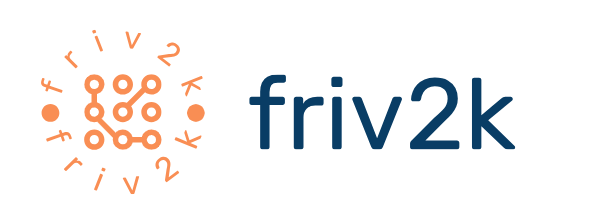Understanding the Human Element: Beyond Aesthetics
Designing for humans isn’t just about making things look pretty. It’s about deeply understanding how people think, feel, and interact with the world. It means considering their cognitive limitations, emotional responses, and individual needs. Effective user-centric design acknowledges that users aren’t all the same; diversity in backgrounds, abilities, and technical expertise must be at the forefront of the design process. This understanding forms the bedrock for creating truly usable and enjoyable experiences.
Empathy in Action: User Research Methods
Before a single line of code is written or a pixel is placed, thorough user research is essential. This involves a range of methods, from user interviews and surveys to usability testing and contextual inquiry. Observing users in their natural environments helps designers identify pain points, understand workflows, and uncover unmet needs. Analyzing data from these methods provides crucial insights that inform design decisions, guiding the creation of solutions that genuinely address user challenges.
Accessibility for All: Inclusive Design Principles
Designing for accessibility isn’t just about adhering to legal guidelines; it’s about creating products and services that are usable by everyone, regardless of ability. This means considering users with visual, auditory, motor, and cognitive impairments. Implementing inclusive design principles ensures that the experience is equitable and enjoyable for a broader audience. Features like alt text for images, keyboard navigation, and clear and concise language are crucial elements of an accessible design.
The Power of Iteration: Testing and Refinement
User-centric design is an iterative process. Initial designs should be tested rigorously with real users, ideally using a combination of qualitative and quantitative methods. This feedback loop allows designers to identify areas for improvement, refine existing features, and eliminate usability issues. This continuous process of testing, iterating, and refining ensures that the final product meets user needs effectively.
Beyond the Screen: Considering the Entire User Journey
A holistic approach to user-centric design considers the entire user journey, not just the interaction with a specific product or service. Understanding the context in which users will engage with a design—their goals, motivations, and the environment in which they’re using it—allows designers to create a seamless and intuitive experience. This might involve considering offline aspects, such as physical spaces or printed materials, that contribute to the overall user experience.
Embracing Emerging Technologies: Ethical Considerations
The rapid advancement of technology, including artificial intelligence and virtual reality, presents both opportunities and challenges for user-centric design. While these technologies can enhance user experiences significantly, it’s crucial to consider the ethical implications. Designers must ensure that these technologies are used responsibly, minimizing bias, promoting transparency, and protecting user privacy. The focus should always be on creating technology that serves humanity, rather than the other way around.
Data-Driven Design: Insights and Analytics
Analyzing user data, such as usage patterns, error rates, and feedback, provides valuable insights that inform design improvements. This data-driven approach allows designers to make informed decisions based on real user behavior, rather than relying solely on intuition or assumptions. Tools for collecting and analyzing this data are increasingly sophisticated, enabling designers to continuously refine and optimize their designs based on actual user interactions.
The Future of User-Centric Design: Human-Computer Symbiosis
The future of user-centric design likely involves a closer integration of human and technology, moving towards a more symbiotic relationship. This will require a deep understanding of human cognition and behavior, as well as the potential of emerging technologies. The focus will be on creating designs that are intuitive, personalized, and seamlessly integrated into people’s lives, enhancing their capabilities and improving their overall well-being. The ultimate goal remains to create technology that truly empowers and benefits humanity.





